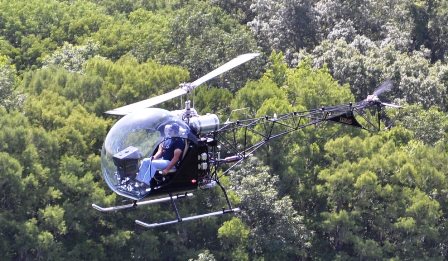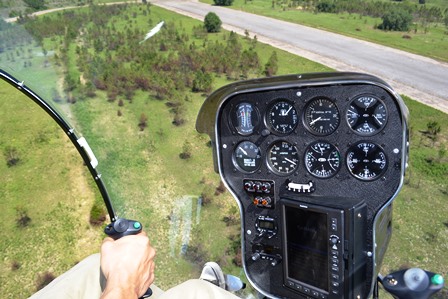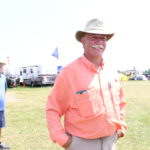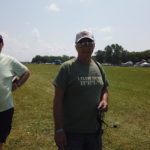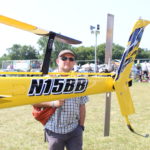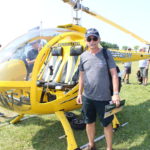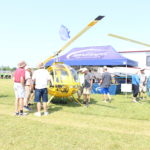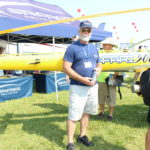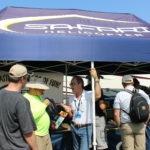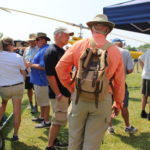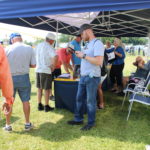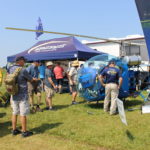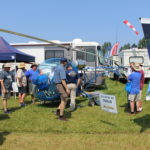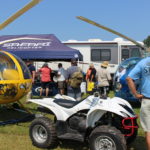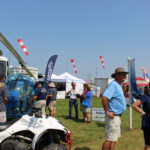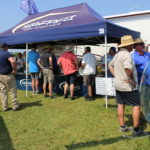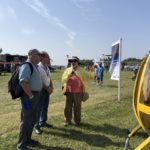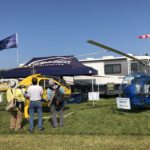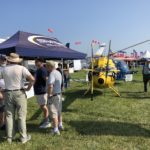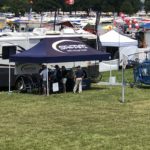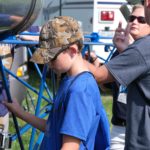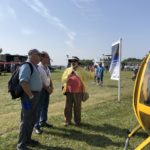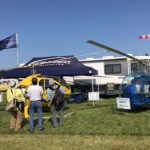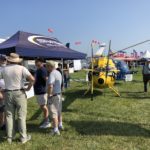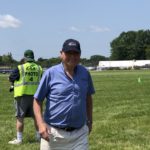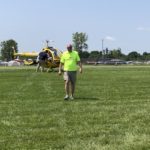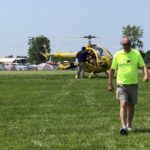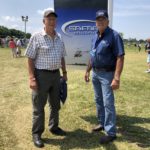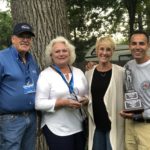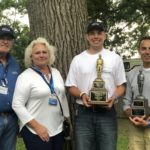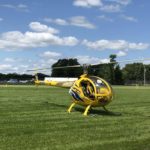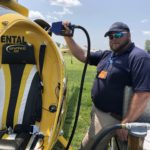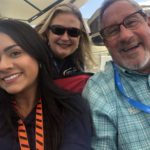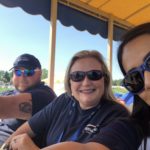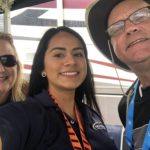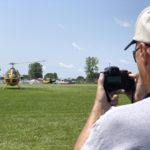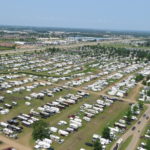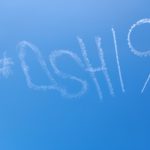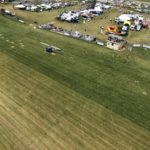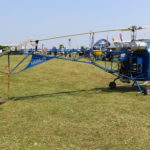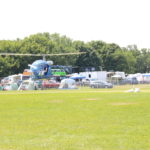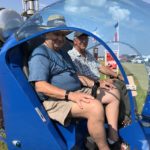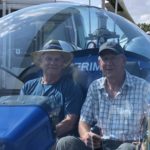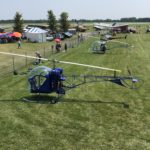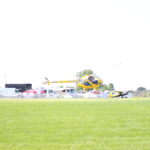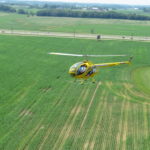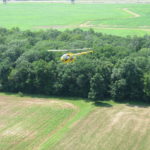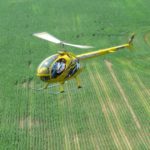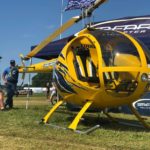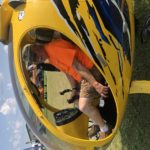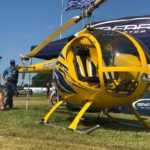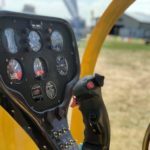The Company
The SAFARI has evolved by designing, testing, modifying, and refining since 1962. The origin is the single seat Helicom, designed in 1953 and built by the capable hands of aerospace engineer, Harold “Pop” Emigh and his son. The Helicom would have qualified as an ultralight helicopter under today’s rules. This personal helicopter was successfully built and flown by many homebuilders. A number of these helicopters are still flying through support and parts manufactured by Canadian Home Rotors Inc. Later, recognizing the need for a two place helicopter, Pop altered the design to accept a 150 HP Lycoming engine. Many of these were produced during the early seventies. Mr. Emigh sold the rights and manufacturing jigs in 1970 to a new company, International Helicopters of Mayville, New York. They continued the evolution of the design naming it the Commuter II A & B. This small helicopter was basically the same sturdy airframe and drive components but with an attractive new streamlined cabin. Quite a few of these were also produced. It was in 1979 that CHR got its start, when company President Murray Sweet bought his first helicopter kit along with the Canadian rights to market the design. After completion of his Commuter IIB and successful flight tests, Murray began making modifications in an effort to save weight, lessen maintenance and increase safety and dependability.
Shortly after, International Helicopters sold out to Tamarind International, which went out of business about 14 months later without making a single complete helicopter kit. Past customers of International Helicopters needed parts and asked Murray to make them.
This was the start of the long process of designing, engineering, and developing the details of manufacturing the components. A skilled machinist, Murray had a head start, but it was still a long and expensive task. As the manufacturing process for each part was worked out and tested, he began selling parts to other builders. New partners, investors, and employees joined in the project along the way, with CHR incorporating in 1986.
In 1992, at the EAA National Convention in Oshkosh, Wisconsin, the Safari made its debut. Although CHR had never advertised their helicopters for sale prior to July of 1992, the company had built a large clientele by word of mouth.
Like all experimental aircraft that have been built for many years, the Safari was created long before the availability of computer design and engineering software that is available today. In the early years, all experimental aircraft were more of the “Popular Mechanics” variety, built by creative and daring individuals who had a number of ideas of their own. A home builder would take a Kit or constructions plans and build an aircraft that might or might not match the Kit producer’s product. Regardless, the aircraft was perceived to be representative of the Kit producer’s product.
Early on, the group working on the evolution of the Safari found and modified the parts of the helicopter that were most problematic. For the most part, they found them the hard way – by flying and sometimes crashing. Fortunately, those crashes were not fatal and valuable lessons were learned. Also, those “legacy” aircraft have now been flown for many hours, and issues which develop over long use have become apparent.
Today, advanced computer software has enabled the design and development of new aircraft that are marketed immediately. As more of those aircraft are flown for significant numbers of hours, their issues will become apparent as well.
As the Safari became more popular, in addition to the ongoing improvement program by Canadian Home Rotors Inc., new lessons were learned from Safari owners. Some came from owners inventing things good and bad, some came from not heeding available information, and some came from a lack of information. Some indicated minor quality or design concerns, and some were indications of major issues. In every case, the cause has been identified and the necessary changes made to prevent future occurrences.
Safari Today
All critical parts of the Safari are manufactured to exacting specifications. Parts are identified with individual serial numbers, and tracked through material certifications, dimensional inspection, quality control approval, and assembly. Major components then receive their own unique serial numbers, allowing us to trace the provenance of the included parts.
The procedure of assembling the transmissions and rotor head is carefully documented, with backup inspections at points in the assembly. Once completed, the main transmission is tested for proper operation. The tail rotor assembly is completely balanced and ready to install before leaving the factory. The parts of the main rotor head are made to extremely close tolerances. The Safari 400 main rotor blades are matched within two ounces, making balancing a simple process.
Today the company provides extensive support to the “legacy” aircraft in operation, assisting owners of these aircraft to improve their experience of owning and flying helicopters of an earlier vintage. Most Safari replacements parts are shipped promptly when they are ordered.
The mission of the Safari has always been dependable and safe operation, and that purpose is being carried out more fully today than ever before. Your helicopter, built your way.
